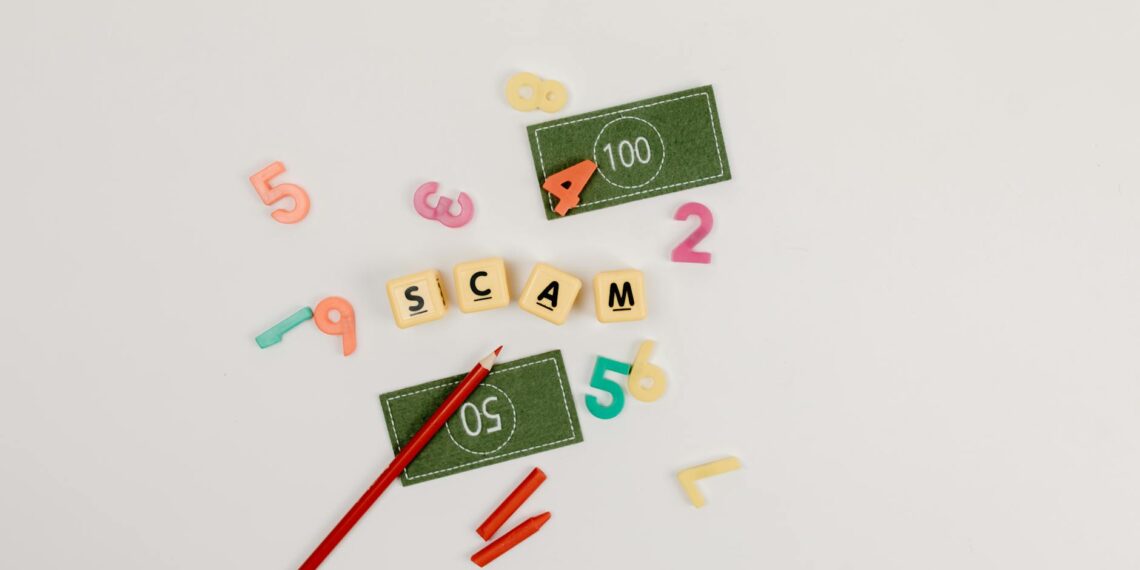Silver coins can undergo discoloration, often referred to as toning or tarnishing, due to various factors.
- Chemical reactions: Exposure to sulfur compounds in the air (like hydrogen sulfide) and other chemicals leads to the formation of silver sulfide on the coin’s surface, resulting in discoloration.
- Environmental factors: Humidity, moisture, high temperatures, and direct sunlight can accelerate the tarnishing process.
- Improper handling: Oils and acids from bare hands can transfer to the coin and cause discoloration over time.
- Cleaning products: Contact with harsh cleaning chemicals can also contribute to tarnish.
- Storage methods: Storing coins in unsuitable materials (e.g., certain plastics) can accelerate toning.
- Colors: Silver tarnish can manifest in various hues, including:
– Yellow (an early stage)
– Brown
– Black
– Green (especially in coins with copper alloys, due to copper carbonate or copper chloride)
– Blue
– Rainbow (due to thin-film interference as light reflects through the tarnish layers)
- Location: Toning might appear evenly across the coin’s surface or in localized spots, particularly around the edges or in the crevices.
- Natural vs. Artificial Toning: Natural toning is a slow, gradual process, whereas artificial toning is achieved through chemical or heat treatments, often leaving uneven or concentrated discoloration.
- Cleaning Controversy: Cleaning silver coins is a contentious issue among collectors. Many prefer the original patina (natural toning) and advise against cleaning, as it can damage the coin and potentially reduce its numismatic value.
- Impact on Value: The effect of toning on a coin’s value depends on several factors:
– Natural toning: Can be desirable to collectors and may even increase value if the toning is aesthetically pleasing or rare.
– Artificial toning: Typically diminishes a coin’s value, and coins with artificial toning may not be graded by professional services.
– Ugly toning: Can negatively affect the value of a coin.
– Bullion vs. Numismatic Value: Tarnish generally doesn’t affect the value of silver bullion products, which are primarily valued for their weight and purity. However, for numismatic coins (collector’s items), the condition and appearance (including toning) can significantly influence the value.
- Cleaning Methods (Use with Caution and Research): If you choose to clean your coins, extreme care is necessary to avoid damaging them:
– Baking soda paste or dip: A gentle abrasive method.
– Toothpaste: A milder abrasive option.
– Lemon juice or white vinegar: Acidic solutions that dissolve tarnish but can be destructive to the coin’s surface.
– Silver dip: A specialized cleaning solution, but also controversial due to its potential abrasiveness.
– Professional Cleaning: For valuable coins, consulting a professional coin dealer or conservator is recommended before attempting any cleaning.
Before cleaning any valuable silver coin, consider its potential numismatic value and consult with a professional if you’re unsure about the best course of action. Some toning can actually enhance a coin’s desirability to collectors.









Why is my silver coin discolored?
Silver tarnishes due to a chemical reaction that naturally occurs when the silver is exposed to moisture and chemicals in the air. When the atoms of silver come into contact with oxygen, a film of silver sulphide forms on the coin surface, with the underlying layers not being affected.